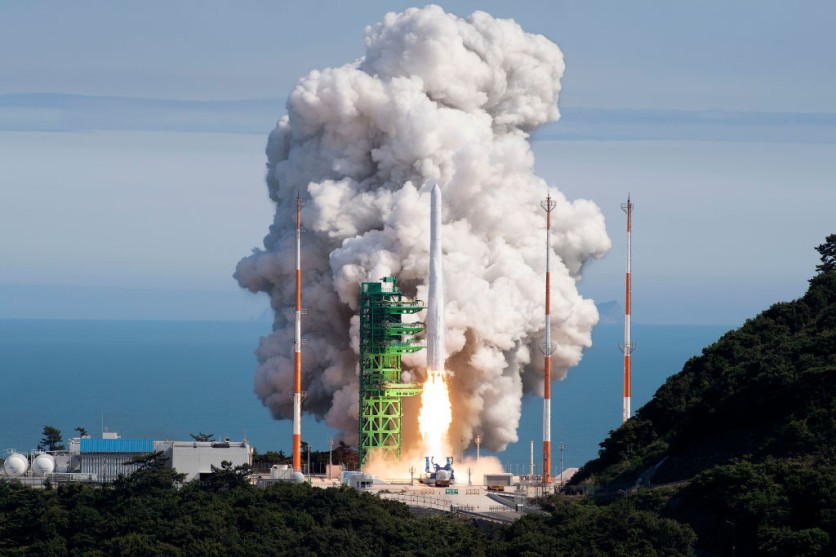Rocket launches for space flights that include moon explorations and even flying to Mars could increase further in the future since space agencies are aiming to usher in a renewed age of space missions.
However, the estimated expansion of these launches could also usher in an era where the Earth's protective ozone layer might be damaged further as well, according to a study by the National Oceanic and Atmospheric Administration (NOAA).

The Use of Hydrocarbon Fuel
NOAA's study cautions that a large spike in spaceflight launches may destroy the ozone layer since black carbon, also known as soot, is emitted right into the stratosphere by kerosene-burning rocket engines, which are commonly used in the space sector.
As reported first by Phys, the ozone is responsible for shielding all life on Earth from the negative effects of ultraviolet radiation, such as compromised immune systems, damaged ecosystems, disrupted agriculture, and skin cancer.
The new NOAA research published in the "Journal of Geophysical Research: Atmospheres" claimed that a 10-fold uptick in hydrocarbon-dependent launches could occur within the next two decades based on observed trends in space traffic volume.
NOAA said this increase could harm the ozone layer and alter atmospheric circulation patterns.
According to Christopher Maloney, a CIRES research scientist from NOAA's Chemical Sciences Laboratory, launch rates have almost tripled in recent years, and in the decades to come, expansion is expected to pick up.
Phys noted that rockets are the sole direct cause of man-made aerosol pollution hovering above the troposphere, which is located at the lowest region of the atmosphere that can reach a height of around four to six miles beyond our planet's surface.
The study team simulated the effects of injecting 10,000 metric tons of soot pollution into the stratosphere over the northern hemisphere annually for 50 years using a climate model.
As of now, the yearly rocket soot exhaust emission is approximately 1,000 tons. However, the research team noted it is unclear exactly how much soot is produced by several hydrocarbon-dependent engines used worldwide.
Changing Temperatures
The scientists also underscored how this extent of space flights could increase yearly temperatures in the stratosphere by 0.5-2 2° Celsius, which could alter circulation patterns in our planet by decelerating the subtropical jet streams by more than 3.5 percent.
Such temperature changes could also erode the stratospheric overturning circulation, according to the research team.
They employed two huge emission cases to investigate the feedbacks that determine the atmosphere's response and to understand better the effects of a massive uptick in future space missions using hydrocarbon fuel.
They found out that the stratosphere is vulnerable to fairly modest black carbon inputs. In comparison to the 10,000 metric ton case, the models of larger emission levels revealed similar but more severe perturbations of atmospheric circulation.
Related Article : NASA Artemis I Mission's Wet Dress Rehearsal is Finally a Success! Ready for the Moon?
This article is owned by Tech Times
Written by Joaquin Victor Tacla
ⓒ 2025 TECHTIMES.com All rights reserved. Do not reproduce without permission.




